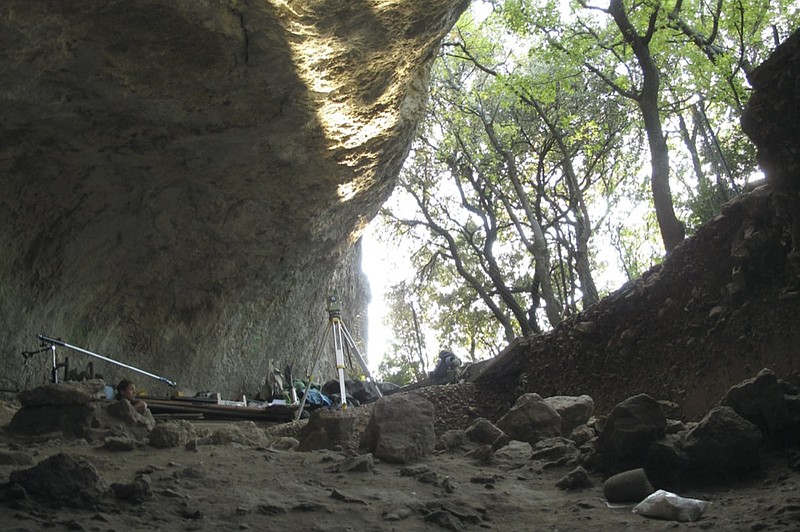JOHNSON CITY, Tenn. (AP) -- East Tennessee State University says researchers have discovered evidence of the extinct "bone-crushing" dog at a fossil site that also included herbivores, a sabretooth cat and alligators.
The university says it identified the Borophagus dog at the Gray Fossil Site by finding a single right humerus upper arm bone. The "bone-crushing" animal had powerful teeth and jaws.
The university says this is the first evidence of a dog there. The animal has been discovered at dozens of fossil sites across the U.S and Mexico, usually alongside plants and animals from open environments like grasslands.
Fossils at the Gray Fossil Site depict a densely forested habitat with lots of forest plants and tree-dwelling animals.
